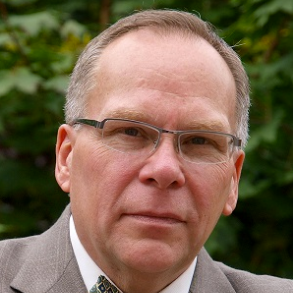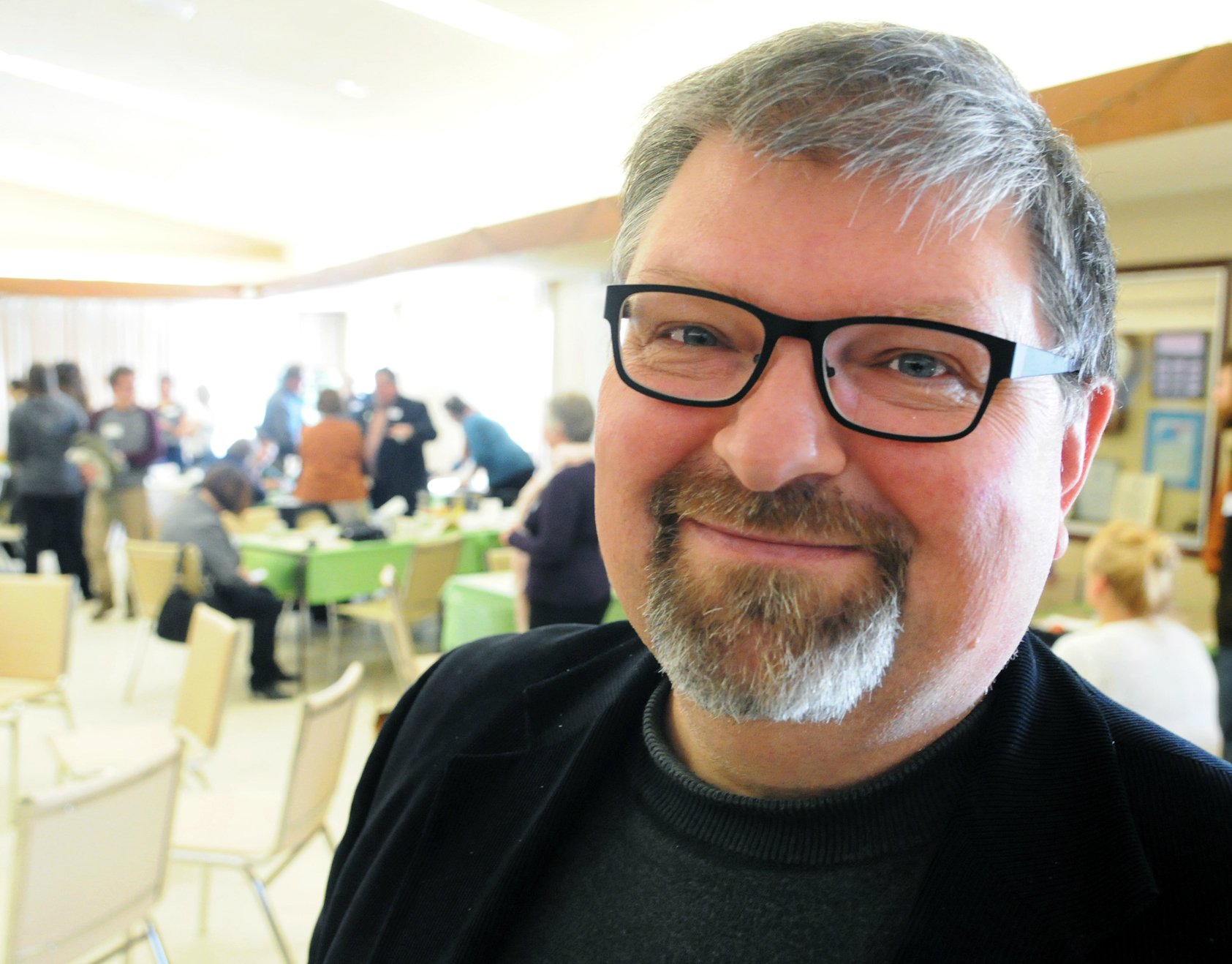 All things considered, I prefer sameness in my personal life. Okay, actually, I really like the comfort of my personal routine when I am at home.
All things considered, I prefer sameness in my personal life. Okay, actually, I really like the comfort of my personal routine when I am at home.
I get up and go to bed at the same times everyday; I eat the same breakfast each morning (baked oatmeal - be sure to ask me for my recipe); I have used the same bar soap, shampoo, and other personal products for years; I have had the same haircut for years (of course, having little hair poses certain limitations); I walk our dogs at the same times every day; when my clothes wear out, I replace them with the same brands in as close to the same style as I can find; and my work day follows the same pattern as much as possible when I’m not traveling for work - I do research and writing in the morning, meetings and calls in the afternoon.
Despite this love of routine, I have come to appreciate there are many facets of change, whether it is personal or group change.
Both have been and continue to be areas of focus in my work - from developing leaders, to organizational change to community development. In recent months I found myself thinking nearly nonstop about change as I was coming up with a name for a new initiative I started piloting and rolling out at the first of this year - Tenacious Change℠.
One mostly certitude of change is that even when we say “yes” to change with our mouths and bests intentions, we can say “no” to it with our hearts. We outwardly go along with it and, yet, we may inwardly resist the change. At the personal level, even when we know a change would be good and we decide to do it, the change does not automatically happen. For many years I weighed at least 75 pounds more than was healthy for me. I knew I needed to lose weight and made several decisions to do so. However, it was not until I had a crisis with weight induced sleep apnea that my internal “no” became a “yes” and I made the change.
In a group setting, whether it is a team, organization, or community-wide change initiative, we outwardly comply with the change - maybe even enthusiastically support it - but, then, we can work quietly behind the scenes to slow the change or even prevent it. We can even be unaware of our own passive resistance.
Resistance to change, whether merely passive or passive aggressive, is frustrating though it is not a form of evil. It is a characteristic of humanity.
Let’s be honest...what do we humans really love about change? That’s right, pretty much nothing. I know...we act like we love it, especially in our professional worlds. Why? Because we want to appear innovative, original, experimental, inventive, cutting-edge, forward-looking, state-of-the-art, trend-setting, pioneering, Bohemian, groundbreaking, trailblazing, revolutionary, unorthodox, unconventional, offbeat, cool, avant garde...yada, yada, yada. Yet, when we peel away that feigned love of change we are human creatures of habit. This is another one of the mostly certitudes of change.
Change is inevitable, regardless of how we feel about it. This is beyond being a mostly certitude of change...it is a certitude. We cannot stop change or, as one of my favorite musicals puts it, “you can’t stop the beat.” We only deceive ourselves if we think change will not occur simply because we do not want it.
If change is inevitable, what choices remain? We can choose to do nothing and let the change unfold without our participation. In that case, we will likely be swept along in whatever direction the change moves things - for good or for ill. If we do not like the change, we can complain about it but that will be too little, too late, and quite annoying to everyone around us.
We can choose to respond pro-actively to change. This choice opens other choices to us. First, we can choose the type of change we want. Our basic choices are evolution (gradual developmental advancement) or devolution (gradual degeneration of advances). Then, we can choose to anticipate it, facilitate it, manage it, and prepare for it to happen again.
To anticipate change is to do some forecasting to imagine what the future holds and then decide what change is most needed. To facilitate it is to take an active role, often in collaboration with others, in deciding the strategies and tactics that will initiate change and move it forward. To manage it is to institutionalize the change which occurs to prevent things from slipping back to the way they were before the change. To prepare for it to happen again is to begin the process all over again. Why? Because change is continuous, which is another certitude of change.
Change is inevitable, and it is constant, regardless of how strongly we resist it. Our role lies in choosing the type of change that occurs and in how we assist it.
To be a Change Agent is to be an active participant in change. Even though I like routine in my daily life, my spirituality and ethic compel me to be a Change Agent to make our world a better place for all. As we close out 2017 and prepare to boldly begin a new year, I have a wish for all of us. I wish for us to be active participants in changing our worlds - whether neighborhoods, communities, states, or whole countries - to be places where everyone, can feel welcome, accepted, heard, respected, cared for, and loved.
Be greater. Do Good. Everyday.
Tom Klaus





